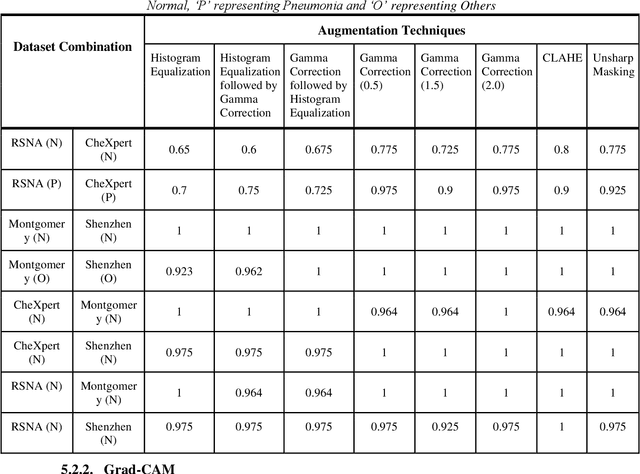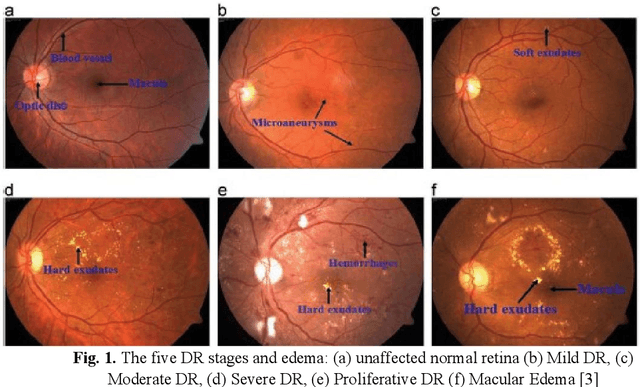Shaanya Singh
Explanatory Analysis and Rectification of the Pitfalls in COVID-19 Datasets
Nov 10, 2021



Abstract:Since the onset of the COVID-19 pandemic in 2020, millions of people have succumbed to this deadly virus. Many attempts have been made to devise an automated method of testing that could detect the virus. Various researchers around the globe have proposed deep learning based methodologies to detect the COVID-19 using Chest X-Rays. However, questions have been raised on the presence of bias in the publicly available Chest X-Ray datasets which have been used by the majority of the researchers. In this paper, we propose a 2 staged methodology to address this topical issue. Two experiments have been conducted as a part of stage 1 of the methodology to exhibit the presence of bias in the datasets. Subsequently, an image segmentation, super-resolution and CNN based pipeline along with different image augmentation techniques have been proposed in stage 2 of the methodology to reduce the effect of bias. InceptionResNetV2 trained on Chest X-Ray images that were augmented with Histogram Equalization followed by Gamma Correction when passed through the pipeline proposed in stage 2, yielded a top accuracy of 90.47% for 3-class (Normal, Pneumonia, and COVID-19) classification task.
DiaRet: A browser-based application for the grading of Diabetic Retinopathy with Integrated Gradients
Apr 11, 2021



Abstract:Patients with long-standing diabetes often fall prey to Diabetic Retinopathy (DR) resulting in changes in the retina of the human eye, which may lead to loss of vision in extreme cases. The aim of this study is two-fold: (a) create deep learning models that were trained to grade degraded retinal fundus images and (b) to create a browser-based application that will aid in diagnostic procedures by highlighting the key features of the fundus image. In this research work, we have emulated the images plagued by distortions by degrading the images based on multiple different combinations of Light Transmission Disturbance, Image Blurring and insertion of Retinal Artifacts. InceptionV3, ResNet-50 and InceptionResNetV2 were trained and used to classify retinal fundus images based on their severity level and then further used in the creation of a browser-based application, which implements the Integration Gradient (IG) Attribution Mask on the input image and demonstrates the predictions made by the model and the probability associated with each class.
 Add to Chrome
Add to Chrome Add to Firefox
Add to Firefox Add to Edge
Add to Edge